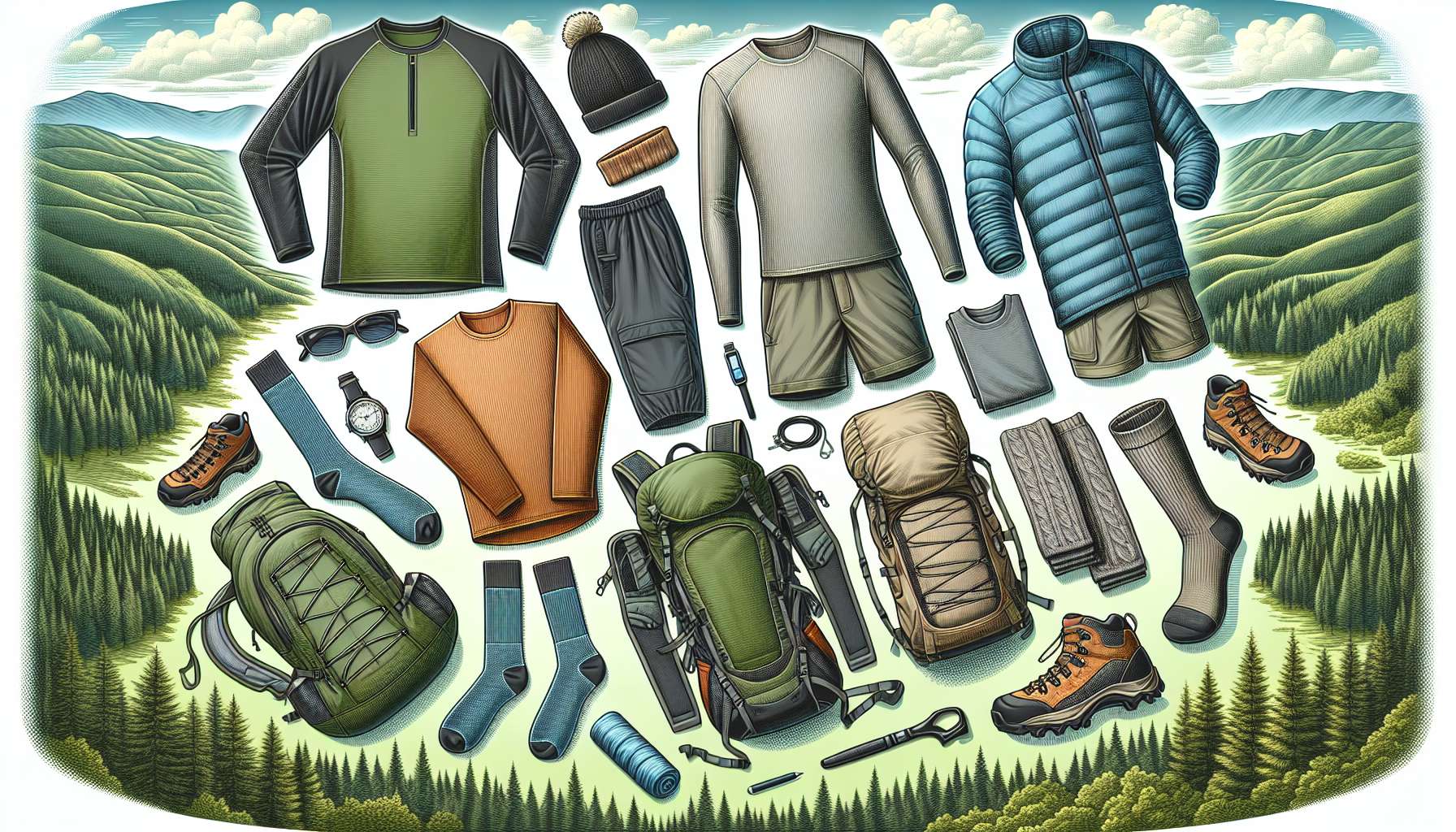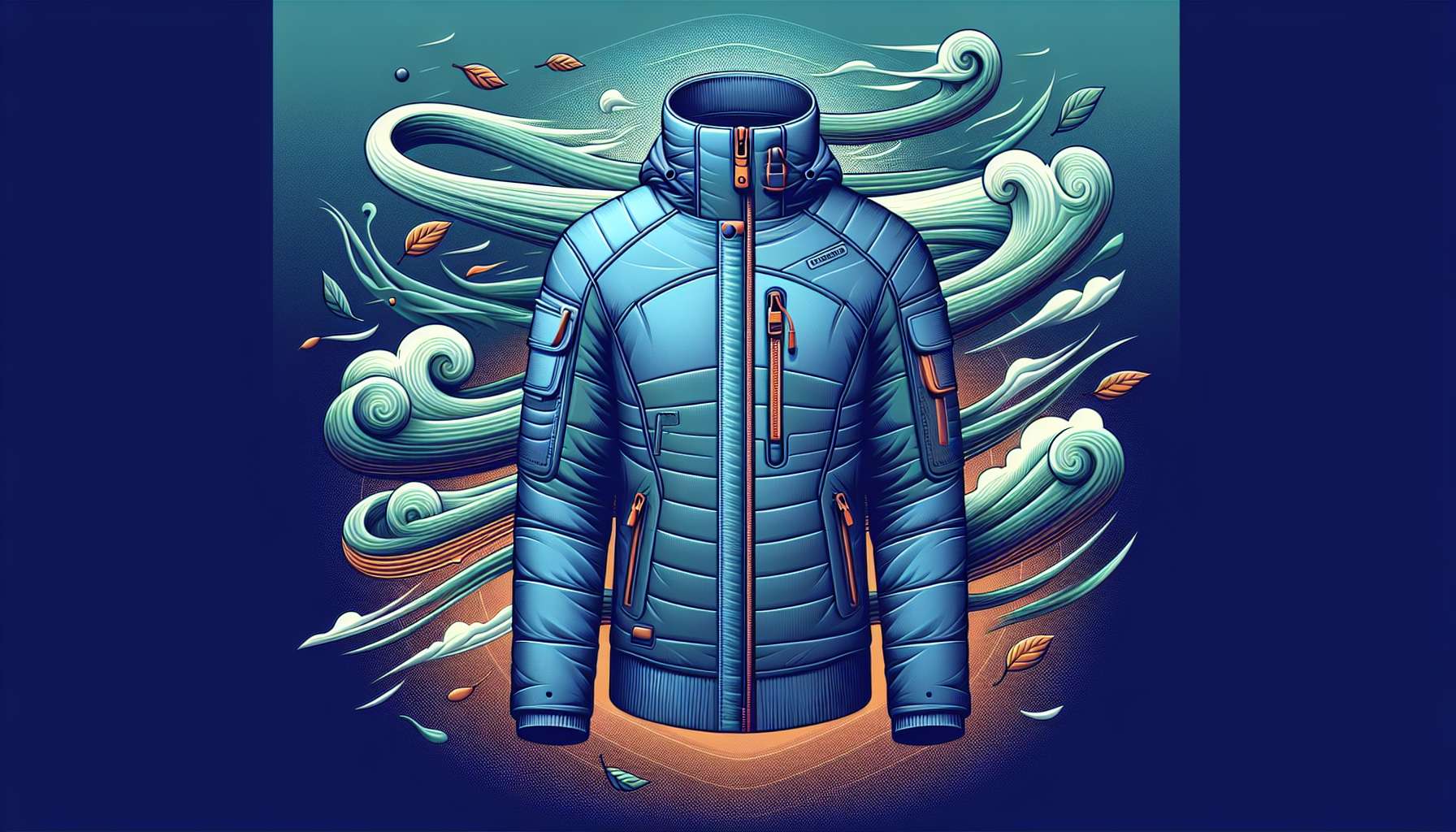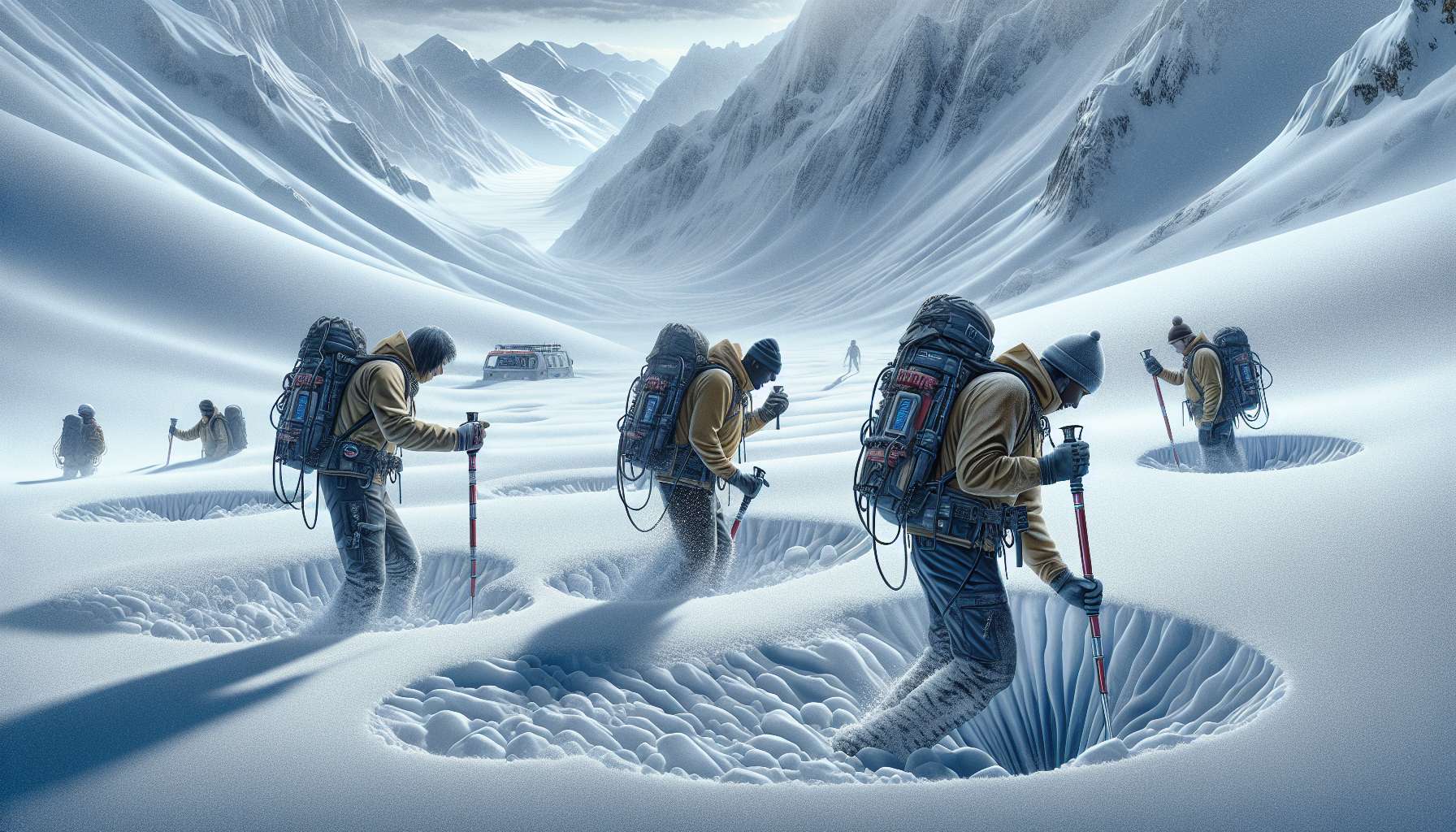Unveiling the Layers: A Comprehensive Guide to Base Layers for Hiking
Picture this: you’re embarking on a thrilling hike through rugged mountains, surrounded by breathtaking scenery and crisp, fresh air. As you navigate challenging terrain and conquer steep ascents, one key element is silently working behind the scenes to ensure your comfort and performance – your base layers. Base layers are the unsung heroes of outdoor adventures, providing crucial insulation, moisture-wicking properties, and comfort to hikers in any conditions.
But what exactly are base layers, and why are they essential for hiking? In this comprehensive guide, we will delve deep into the world of base layers, exploring their importance, types, materials, and best practices for optimal performance on the trails. Join us as we unravel the layers and uncover the secrets to a comfortable and successful hiking experience.
The Importance of Base Layers
Before we dive into the nitty-gritty details of base layers, let’s first understand why they are so vital for hikers. Base layers, also known as moisture-wicking or thermal underwear, are the first layer of clothing that comes into contact with your skin. Their primary function is to regulate your body temperature by wicking moisture away from your skin, keeping you dry and comfortable throughout your hike.
Base layers also provide insulation by trapping a layer of air next to your skin, which helps to retain body heat in cold conditions. Additionally, they play a crucial role in managing sweat and preventing chafing, making them essential for maintaining comfort and preventing skin irritation during prolonged physical activity.
Types of Base Layers
When it comes to base layers, one size definitely does not fit all. There are various types of base layers available, each designed to cater to specific needs and preferences. The three primary types of base layers are:
1. Synthetic Base Layers
Synthetic base layers are made from materials such as polyester, nylon, or spandex. These materials are known for their moisture-wicking properties, quick-drying abilities, and durability. Synthetic base layers are ideal for high-intensity activities or hot weather conditions, as they are lightweight, breathable, and excellent at pulling moisture away from the skin.

2. Merino Wool Base Layers
Merino wool base layers are crafted from the fine and soft wool of merino sheep. Unlike traditional wool, merino wool is incredibly soft, lightweight, and naturally moisture-wicking. Merino wool base layers are known for their superior temperature regulation, odor resistance, and comfort. They are an excellent choice for hikers looking for natural, sustainable, and high-performance base layers.

3. Blend Base Layers
Blend base layers combine the best of both synthetic and natural materials to create versatile and functional base layers. These base layers often feature a blend of materials like merino wool and polyester, offering the benefits of both worlds. Blend base layers are designed to provide optimal moisture management, temperature regulation, and comfort for a wide range of outdoor activities.
Choosing the Right Base Layer
When it comes to selecting the perfect base layer for your hiking adventures, several factors come into play. Consider the following aspects to ensure you choose a base layer that meets your needs:
1. Activity Level
Depending on the intensity of your hike and the climate conditions, you may need different base layers. For high-intensity activities or warm weather, opt for synthetic base layers that offer excellent moisture-wicking properties. For colder weather or less strenuous activities, merino wool base layers provide superior insulation and comfort.
2. Fit and Comfort
Choose a base layer that fits snugly against your skin without being too tight or restrictive. Look for flatlock seams that prevent chafing and irritation, especially in areas prone to friction. Consider trying on different sizes and brands to find the perfect fit for your body type.
3. Climate and Weather Conditions
Take into account the weather conditions and climate of the hiking location when choosing a base layer. In hot and humid conditions, opt for lightweight and breathable base layers that offer maximum ventilation. In cold and wet conditions, choose base layers with excellent insulation and moisture-wicking properties to keep you warm and dry.
4. Durability and Care Instructions
Consider the durability and care instructions of the base layer before making a purchase. Check if the base layer is machine washable, quick-drying, and resistant to wear and tear. Investing in a high-quality base layer will ensure longevity and performance on your hiking adventures.
Layering Techniques for Hiking
Layering is a fundamental concept in outdoor apparel, especially for hikers facing fluctuating weather conditions and varying exertion levels. By mastering the art of layering, you can stay comfortable, dry, and warm throughout your hike. Here are the key layers to consider for an effective hiking outfit:
1. Base Layer
As the first layer of clothing, the base layer sets the foundation for your hiking outfit. Choose a moisture-wicking and breathable base layer that fits snugly against your skin. This layer is responsible for managing moisture and regulating your body temperature, making it a crucial component of your hiking ensemble.
2. Mid Layer
The mid layer provides insulation and warmth to your hiking outfit. Depending on the weather conditions, you can opt for a fleece jacket, insulated vest, or softshell jacket as your mid layer. The mid layer traps heat close to your body while allowing moisture to escape, keeping you cozy and comfortable on the trails.
3. Outer Layer
The outer layer, also known as the shell layer, serves as a protective barrier against wind, rain, and snow. Choose a waterproof and windproof jacket or shell that offers breathability and ventilation. The outer layer shields you from the elements while allowing excess heat and moisture to escape, keeping you dry and comfortable during inclement weather.
Expert Opinions on Base Layers
Leading outdoor experts and hiking enthusiasts recognize the significance of base layers in enhancing performance and comfort on the trails. Renowned hiker and outdoor enthusiast, Jessica Davis, shares her insights on the importance of base layers:
“Base layers are the unsung heroes of hiking apparel. They provide the foundation for a comfortable and successful hike by regulating temperature, managing sweat, and preventing chafing. Investing in high-quality base layers can make a world of difference in your outdoor adventures.”
Expert opinions like Jessica’s highlight the critical role that base layers play in optimizing performance and comfort during hiking activities.
Common Misconceptions about Base Layers
Despite their importance, base layers are often misunderstood or overlooked by hikers. Let’s debunk some common misconceptions about base layers and set the record straight:
1. Myth: Base layers are only necessary in cold weather.
Fact: Base layers are essential in all weather conditions to manage moisture, regulate temperature, and enhance comfort during physical activity. Whether you’re hiking in hot, cold, or mild weather, a suitable base layer can make a significant difference in your comfort and performance.
2. Myth: Base layers are bulky and uncomfortable.
Fact: Modern base layers are designed to be lightweight, breathable, and form-fitting, providing optimal comfort and performance. With advancements in fabric technology, base layers offer superior moisture-wicking properties, insulation, and comfort without adding bulk or restricting movement.
FAQs about Base Layers
Q: Can I wear cotton base layers for hiking?
A: It is not recommended to wear cotton base layers for hiking, as cotton absorbs moisture and dries slowly, leading to discomfort and increased risk of hypothermia. Opt for moisture-wicking and quick-drying materials like synthetic or merino wool for optimal performance on the trails.
Q: How often should I wash my base layers?
A: Base layers should be washed after every use to remove sweat, dirt, and bacteria that can affect their performance. Follow the care instructions provided by the manufacturer to maintain the quality and integrity of your base layers.
To Wrap Things Up
In conclusion, base layers are a cornerstone of comfortable and successful hiking adventures. By choosing the right type of base layer, layering effectively, and understanding their importance, hikers can enhance their performance, comfort, and enjoyment on the trails. Whether you opt for synthetic, merino wool, or blend base layers, investing in high-quality base layers is a decision you won’t regret. So, the next time you hit the trails, remember to layer up and let your base layers pave the way for an unforgettable hiking experience.




